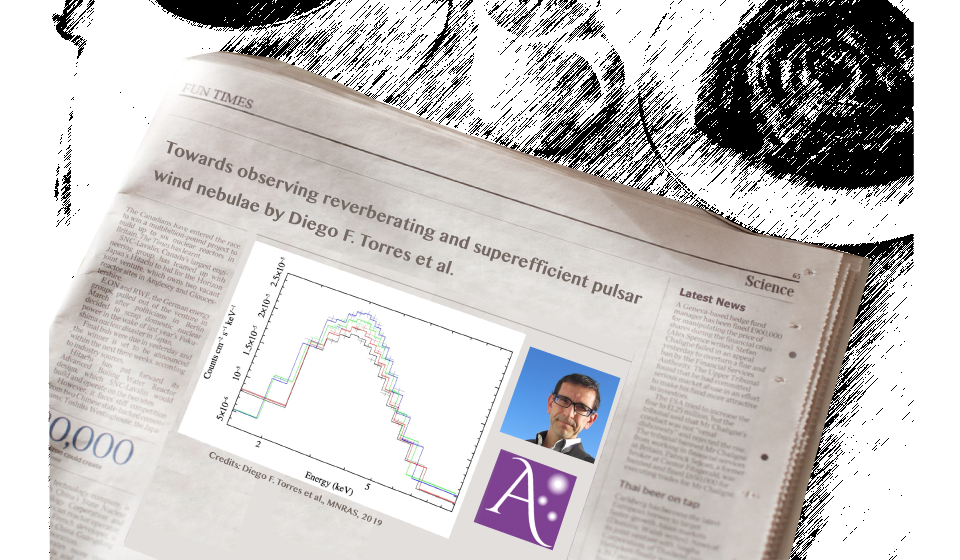
Towards observing reverberating and superefficient pulsar wind nebulae

By Diego F. Torres
In a recent work, we numerically studied the radiative properties of the reverberation phase of pulsar wind nebulae (PWNe), i.e., when the reverse shock created by the supernova explosion travels back towards the pulsar, compressing the wind bubble.
We focused on several well-characterized PWNe and used them as examples for introducing the concept of superefficiency. The latter is a period of the PWN evolution, happening within reverberation, where the luminosity in a given band exceeds the spin-down power at the time. Here, we explore a broad range of PWN models to study their reverberation and superefficiency phases in a systematic way. Armed with these models we consider two aspects: On the one hand, we analyze via Monte Carlo simulations how many Galactic PWNe are expected to be reverberating or in a
superefficiency stage at any given time, providing the first such estimations.
On the other hand, we focus on searching for observational signatures of such periods. We analyze archival observations and check for the existence of possible candidates for superefficient PWNe. We also provide predictions for the future evolution of the magnetar nebula J1834.9-0846 (which we consider to be starting its reverberation period) along the next 50 years. Using our simulations as input we study how sensitive current and future X-ray satellites (like eXTP or Athena) will be to observe such evolution, concluding that they will be able to track it in detail.

